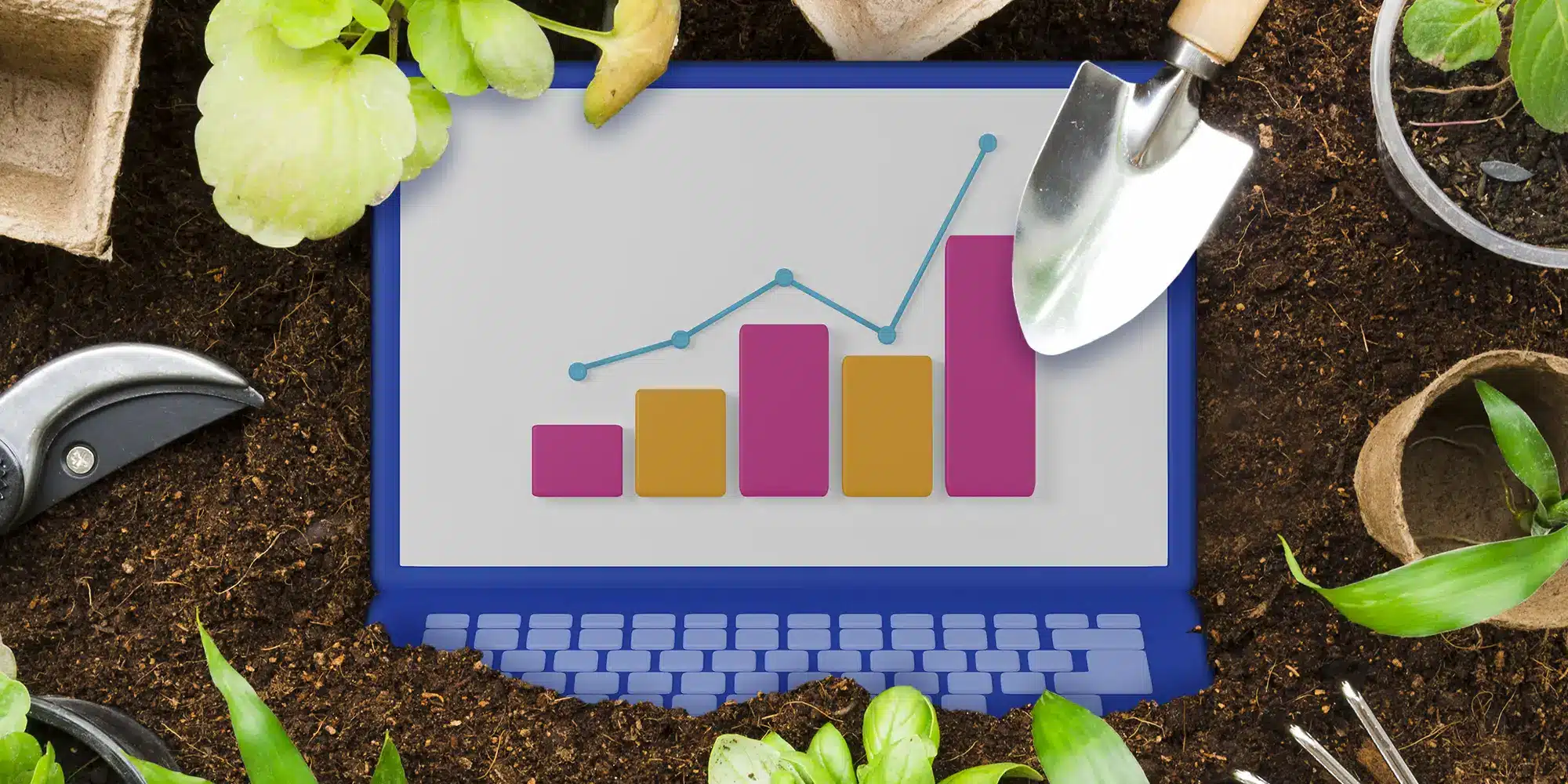Key Takeaways:
Gain a deeper appreciation for the role that data plays in informing your audience segmentation.
Discover three tools to do segmentation more accurately and less stressfully.
At first glance, you might think that data and audience segmentation are two very different spheres that never overlap. However, a closer look reveals that data is non-negotiable when it comes to understanding your audience and enhancing the precision of your messages based on which audience subgroup you’re targeting.
But where do you start in gathering this crucial data? Here are three resources to pull customer data for more precise audience segmentation so you can fine-tune your marketing and get better results.
Data is non-negotiable when it comes to understanding your audience and enhancing the precision of your messages based on which audience subgroup you’re targeting.
1. Google Analytics 4
Google Analytics 4 (GA4) is a free reporting service that Google offers to track your website traffic, as well as a business’s proprietary apps. This tool gives you data about the people visiting your site and their browsing behaviors to help inform your future marketing campaigns and content.
Like with any free tool, this one has its limits. For instance, you can’t collect personal information through GA4, since their data is anonymous. However, it’s one of the best free resources out there when it comes to data and helping you segment your audience to customize your future marketing.
Types of Data GA4 Offers to Help You Know Your Customers
The data you pull from GA4 can answer crucial questions you have as a business leader when reviewing your data to understand your buyers’ journeys. First, it can tell you what pages your web visitors review and how long they stay on your website. It can also tell you how they got to your website, like whether they arrived there via search, social, or another path. Data from GA4 can also reveal what geographical areas your site visitors are from so you know which locations to focus your marketing on.
The Events feature within GA4 is particularly helpful when delving deeper into customers’ digital behaviors and interactions with your brand. These are some of the most common types of events that this tool can help you track: page view, scroll tracking, outbound click tracking, site search, form interaction, video engagement, file downloads, eCommerce events, and app engagement.
2. Social Media Insights
The insights gleaned from social media platforms are invaluable in informing not only what content resonates with your audience but also who to target in your social advertising campaigns. These tools can help you segment your audience by demographics like age, location, and gender, as well as their online behavior and buyer intent that drove these behaviors.
Specific Data to Guide Your Marketing
Social media insights can give you a clear understanding of what your audience enjoys and engages with the most. For instance, if your Instagram posts featuring behind-the-scenes content are receiving high engagement, it’s a signal that your audience values transparency and a personal touch. Similarly, if a Facebook ad targeting a specific age group yields higher click-through rates, it indicates a strong resonance of your message with that demographic.
A Continuous Feedback Loop That Keeps on Giving
One of our favorite things about social insights, however, is its continuous feedback loop that involves tweaking your brand’s content based on your metrics. Each round of content and ads should be informed by the latest data, so that your strategy remains dynamic and responsive to your audience’s evolving preferences and behaviors.
Not sure where to begin with tapping into social insights to grow your knowledge of your audience segments? Here are three tips to get you started:
- Review Organic Insights
Understand what types of posts are performing well organically. Look at metrics like shares, comments, likes, and overall reach. This data tells you what your existing audience finds valuable and engaging. - Analyze Ad Data
Examine the performance of your paid campaigns. Which demographics are responding best? What messaging is driving clicks and conversions? This data helps refine your targeting and content strategy for future campaigns. - Leverage Iterative Learning
Use the insights from both organic and paid channels to inform each other. What works organically might not always translate to paid success and vice versa, but there are often valuable lessons to be learned in the crossover.
The insights gleaned from social media platforms are invaluable in informing not only what content resonates with your audience but also who to target in your social advertising campaigns.
3. Email Marketing
Your email marketing system is another aspect of your marketing where data and audience segmentation are essential. You need data to segment your audience. And you want to segment your audience in your email marketing platform for a variety of reasons.
Benefits of Email Segmentation
Segmenting your audience lets you send more personalized, relevant emails to customers. For instance, shoppers who have shown interest in a particular product category might appreciate receiving updates or offers related to those products. Similarly, understanding geographic location can help in sending region-specific offers or information.
Why Forms Are a Must
Forms play a crucial role in email marketing audience segmentation. They can be designed to gather essential customer information like demographics, interests, and buying patterns. (If you’re searching for an intuitive form builder plugin for your WordPress website, we can’t recommend Gravity Forms enough.*)
You can even set up forms to feed directly into your email marketing platform to simplify your data collection. Such integration is key for effective and precise audience segmentation, allowing you to customize your messages to meet diverse customer group needs. A tailored approach in your email campaigns can lead to better engagement and higher conversion rates.
If you’re new to email marketing systems, or in search of an upgrade, try Klaviyo.* It’s the top system we refer our small business clients to. One of our favorite things about Klaviyo is that it lets you set up audience segments without the headache. You can base segments on factors such as purchase history, products viewed, customer location, email/SMS engagement, and much more! And the segments you establish automatically update in real time as your customers continue to engage with your campaigns and web content.
Embracing Data-Informed Audience Segmentation
By using data gathering tools like GA4, social media insights, and email marketing platforms, you’ll boost the accuracy of your audience segmentation and bolster the precision of your messaging. You’ll also reap the reward of informed processes and strategies that will grow your conversions and increase engagement from current and potential customers.
Position Yourself for Segmentation Success
Need help setting up the data collection tools you need for smarter audience segmentation? A TTG pro will be happy to schedule a private coaching session for yourself or your team to get you started on a solid footing.
*DISCLAIMER: Links included in this article might be affiliate links. If you purchase a product or service with the links that we provide, TTG may receive a small commission. There is no additional charge to you!





